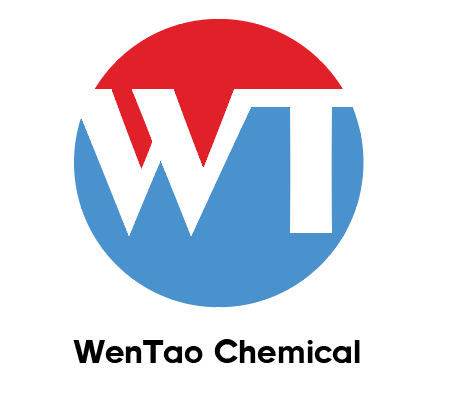ethyl caprylateCAS NO.: 106-32-1 CAS NO.106-32-1
- FOB Price: USD: 0.50-0.50 /Kilogram Get Latest Price
- Min.Order: 1 Kilogram
- Payment Terms: L/C,D/A,D/P,T/T,Other
- Available Specifications:
top grade (1-10)Kilogram
- Product Details
Keywords
- Ethyl caprylate
- Ethyloctanoat
- ETHYL CAPRYLATE, NATURAL
Quick Details
- ProName: ethyl caprylateCAS NO.: 106-32-1
- CasNo: 106-32-1
- Molecular Formula: C10H20O2
- Appearance: powder
- Application: Synthetic fragrances
- DeliveryTime: In stock
- PackAge: drum
- Port: China main port
- ProductionCapacity: 10000 Metric Ton/Month
- Purity: 99%
- Storage: Room temperature
- Transportation: By sea or by air
- LimitNum: 1 Kilogram
- Refractive Index: 10
- first class: 1-10
Superiority
Details
| Description | Ethyl caprylate (ethyl octanoate) is a kind of fatty acid ester formed from caprylic acid and ethanol. It is a kind of natural fruit flavoring agent. It is usually included in the alcohol beverage. Among the main flavoring components of None-flavor liquor, the absolute content of ethyl caprylate is not high but its flavoring contributions is higher than ethyl acetate, ethyl lactate, and ethyl butyrate, only lower than ethyl caproate. Only small amount of ethyl caprylate could produce obvious fruit aroma in Nong-flavor liquor. However, excessive content of ethyl caprylate would inhibit the performance of other flavoring components. |
| Chemical Properties | CLEAR COLOURLESS LIQUID |
| Chemical Properties | Ethyl Octanoate is a liquid with a fruity, floral odor. It occurs in many fruits and alcoholic beverages and is used in fruit flavors. |
| Chemical Properties | Ethyl octanoate has a pleasant, fruity, floral odor (wine–apricot note) |
| Occurrence | Reported found in apple, apricot, orange juice, grapefruit juice, guava, pineapple, cheddar cheese, other cheeses, butter, beer, cognac, rum, whiskey, cider, grape wines, cocoa, coconut meat, passion fruit, mango, pawpaw and mastic gum leaf oil. |
| Uses | manufacture of fruit ethers; constituent of enanthic, cocoic, and cognac ethers. |
| Uses | Ethyl caprylate is a flavoring and fragrance agent. |
| Preparation | Usually prepared by esterification of caprylic acid with ethyl alcohol and sulfuric acid as catalyst; also by alcoholysis of coconut oil in the presence of HCl. |
| Definition | ChEBI: A fatty acid ethyl ester resulting from the formal condensation of octanoic acid with ethanol. |
| Aroma threshold values | Detection: 5 to 92 ppb |
| Taste threshold values | Taste characteristics at 5 ppm: waxy, fatty, aldehydic, coconut, creamy and dairy-like. |
| Safety Profile | Mddly toxic by ingestion. A skin irritant. Combustible liquid. When heated to decomposition it emits acrid smoke and irritating fumes. See also ESTERS. |
| Carcinogenicity | Not listed by ACGIH, California Proposition 65, IARC, NTP, or OSHA. |
| References |
Powers, John J. "HETEROGENEITY AND TEMPERATURE EFFECTS ON FLAVOR SENSING OF ETHYL CAPRYLATE." Journal of Food Science 42.1(2010):275-276. Zhibin, L. I., and L. I. Jin. "Analysis of the Content of Ethyl Caprylate in Nong-flavor Liquor and Its Flavoring Contributions." Liquor-Making Science & Technology (2013). |


 Diamondsupplier
Diamondsupplier 



